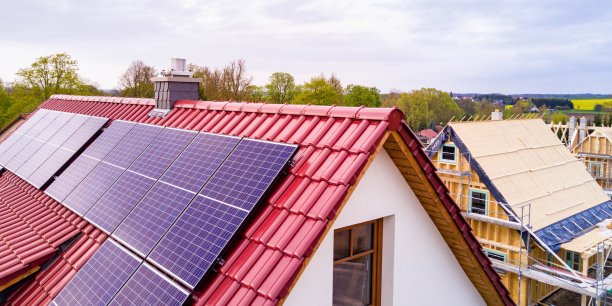A stand-alone power system is an off-the-grid electricity system for locations that are not fitted with an electricity distribution system. Typical stand-alone power system include one or more methods of electricity generation, energy storage, and regulation. Storage is typically implemented as a battery bank, but other solutions exist including fuel cells. Power drawn directly from the battery will be direct current extra low voltage, and this is used especially for lighting as well as for DC appliances. An inverter is used to generate AC low voltage,
The two types of stand-alone photovoltaic power systems are direct-coupled system without batteries and stand alone system with batteries.
The basic model of a direct coupled system consists of a solar panel connected directly to a dc load. As there are no battery banks in this setup, energy is not stored and hence it is capable of powering common appliances like fans, pumps etc. only during the day. MPPTs are generally used to efficiently utilize the Sun’s energy especially for electrical loads like positive-displacement water pumps. Impedance matching is also considered as a design criterion in direct-coupled systems
In stand-alone photovoltaic power systems, the electrical energy produced by the photovoltaic panels cannot always be used directly. As the demand from the load does not always equal the solar panel capacity, battery banks are generally used.
Read about some of our most recent renewable energy system installations here.



